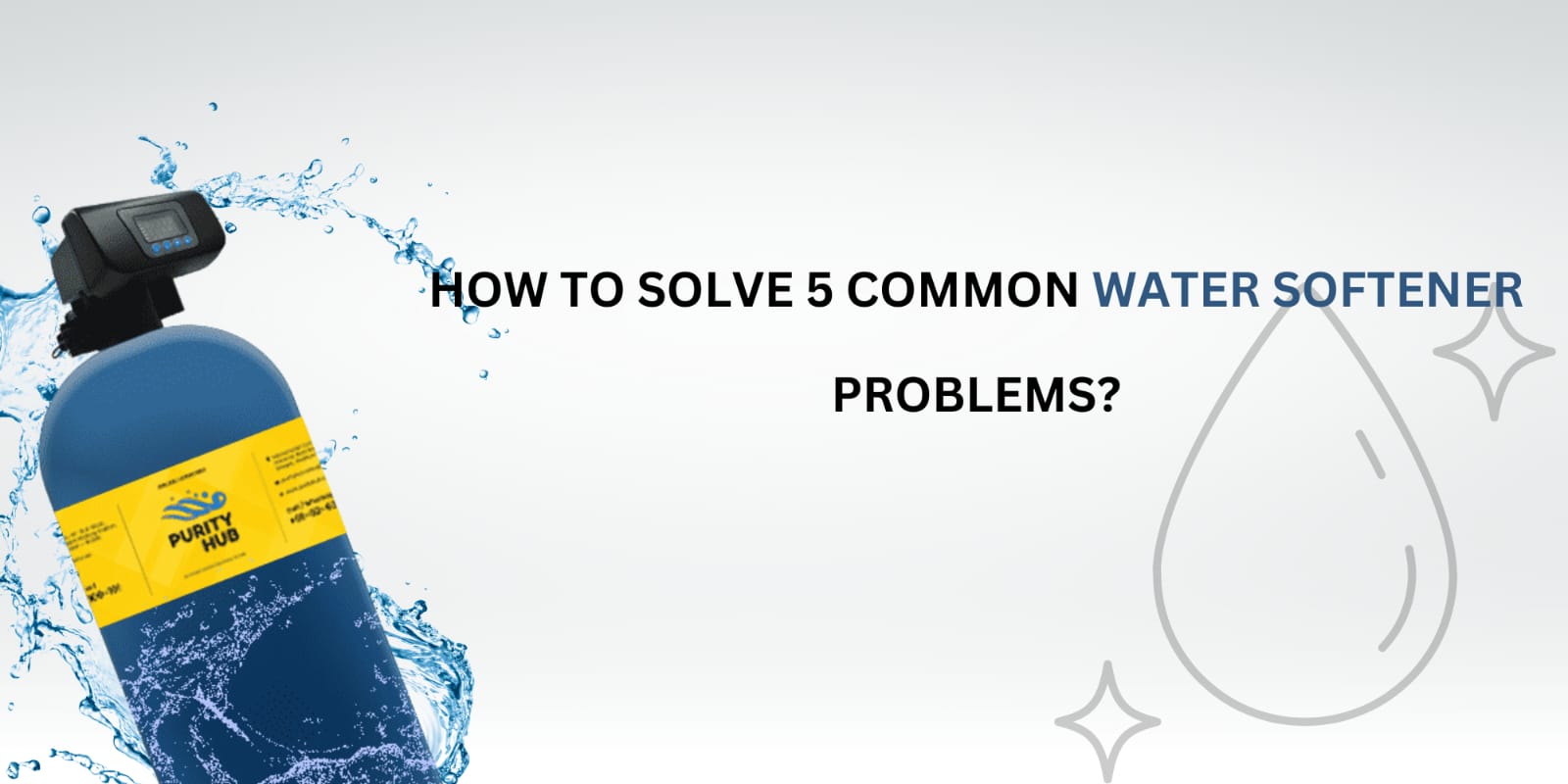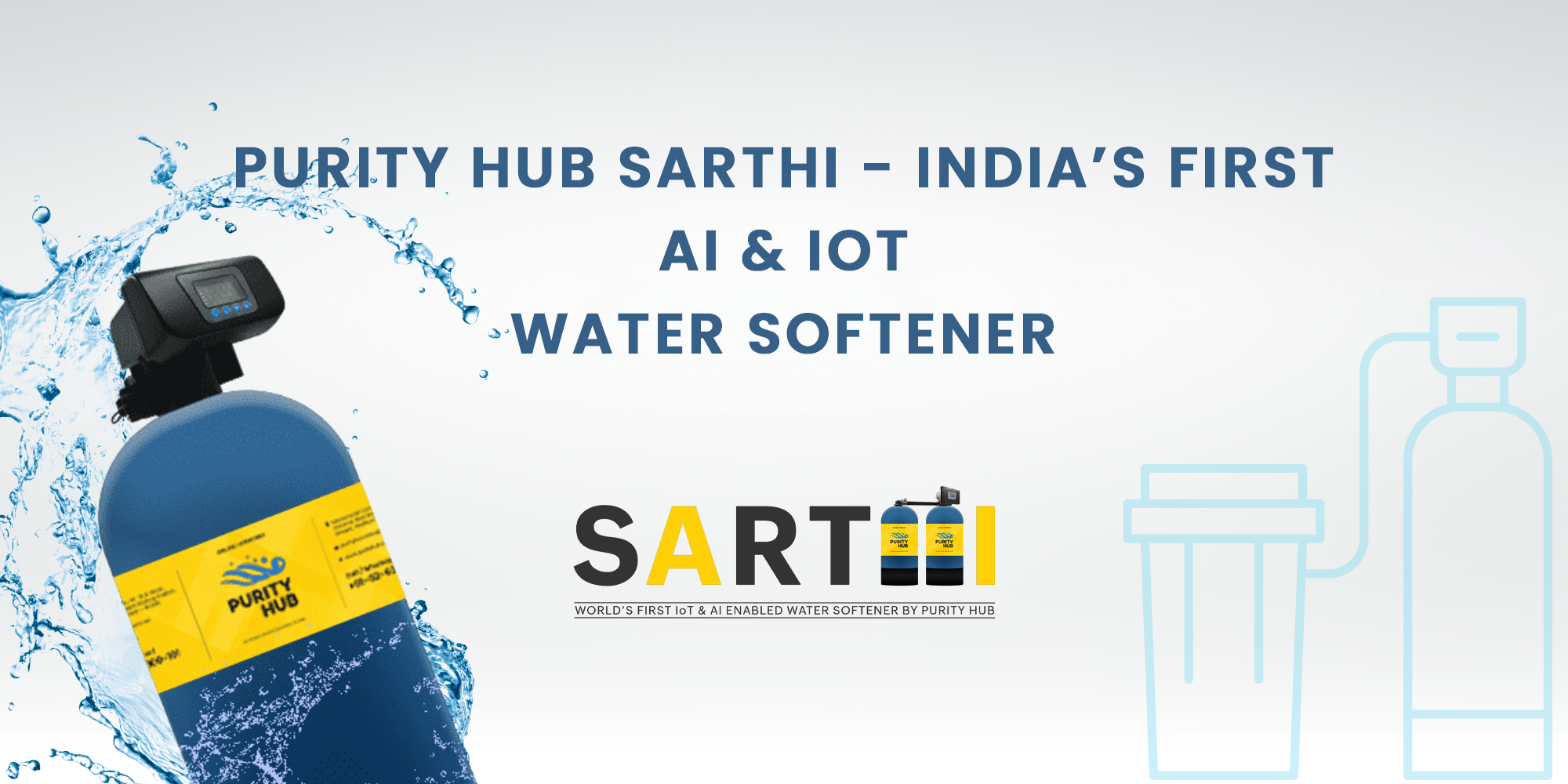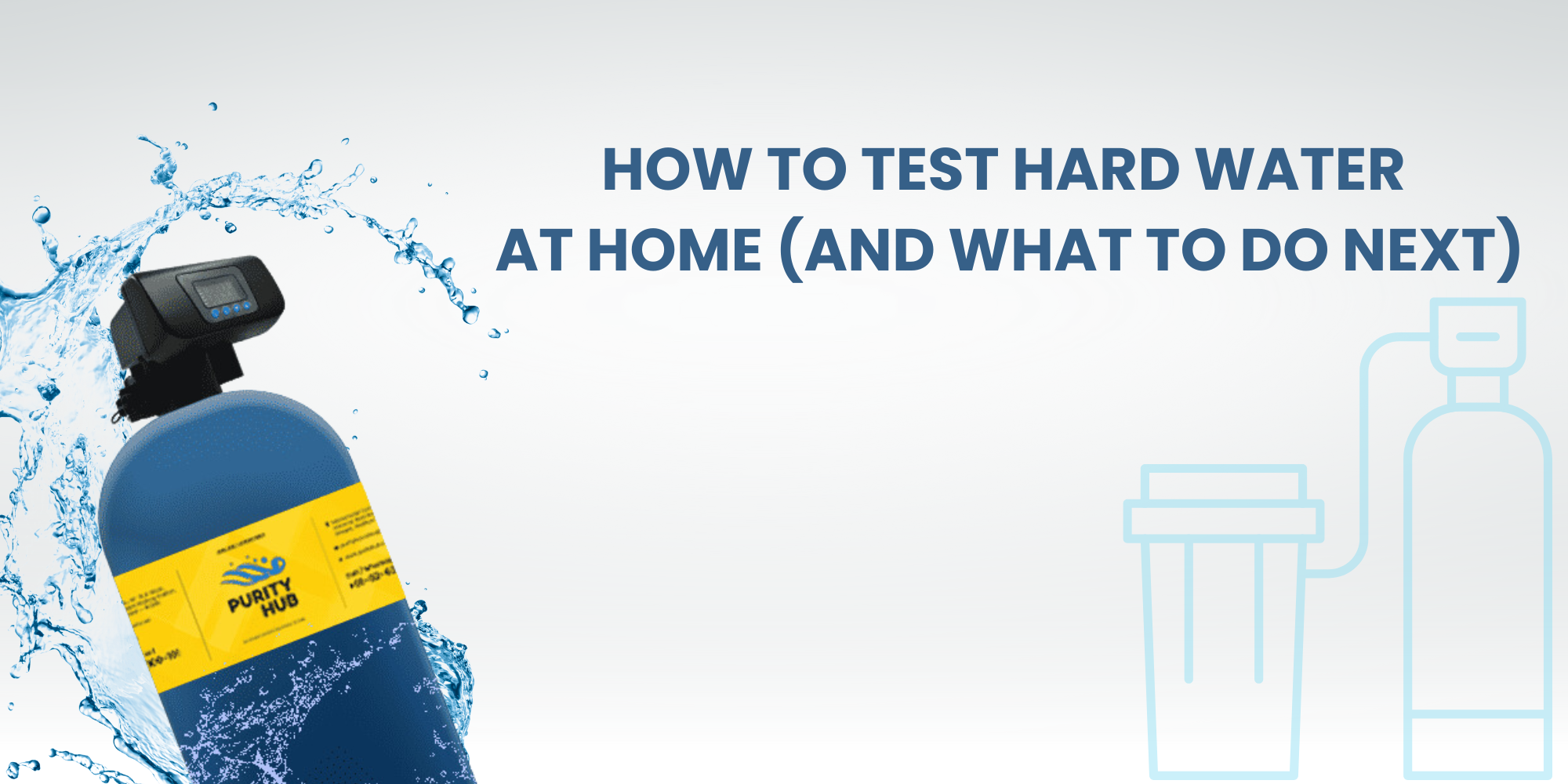
Water softeners are essential appliances for many households, helping to remove minerals like calcium and magnesium from water, which can cause hardness. However, like any appliance, water softeners can encounter problems. Here’s how to solve five common water softener issues:
1. Salt Bridges:
- Issue: A salt bridge forms when a hard crust of salt builds up above the water level in the brine tank, preventing salt from mixing with water.
- Solution: Use a broom handle or similar tool to carefully break up the salt bridge. Remove the hardened crust and ensure the tank is not overfilled with salt, which can contribute to bridge formation. Regularly stir the salt to prevent future bridges.
2. Resin Bead Fouling:
- Issue: Over time, the resin beads inside the water softener tank can become fouled with iron, manganese, or other contaminants, reducing their effectiveness in softening water.
- Solution: Perform a resin bed cleaning using a commercial resin cleaner. Follow the manufacturer's instructions for the proper amount and procedure. Periodically regenerate the resin bed with salt to maintain its efficiency.
3. Low Water Pressure:
- Issue: Reduced water pressure throughout the house, especially noticeable in areas where water is softened.
- Solution: Check for any blockages in the water lines leading to and from the softener. Ensure valves are fully open and that the bypass valve is closed properly if the system has one. Clean the resin bed or replace it if necessary to restore proper water flow.
4. Salt Contamination in Water:
- Issue: Salty or brackish tasting water coming from faucets, indicating that salt from the brine tank is not fully rinsed during regeneration.
- Solution: Adjust the regeneration cycle to increase rinse time. Ensure the brine tank is properly cleaned and that the float assembly is functioning correctly to prevent overfilling. Check for any leaks in the brine tank or valves that could contribute to salt contamination.
5. Error Codes or Malfunctions:
- Issue: Water softener displays error codes or fails to regenerate properly.
- Solution: Refer to the manufacturer's manual to interpret error codes and troubleshoot accordingly. Common issues may include electrical problems, malfunctioning valves, or programming errors. Reset the system as per the manufacturer’s instructions, and if the problem persists, contact a professional technician for repair or replacement parts.
Maintenance Tips to Prevent Problems:
- Regular Inspections: Check the brine tank, salt levels, and water flow periodically.
- Salt Quality: Use high-quality salt specifically designed for water softeners to avoid buildup and contamination issues.
- Cleaning Schedule: Clean the brine tank and resin bed as recommended by the manufacturer to maintain optimal performance.
- Professional Servicing: Schedule annual maintenance with a qualified technician to inspect and tune up the water softener system.
By addressing these common water softener problems promptly and performing regular maintenance, you can ensure your water softener operates efficiently, providing your household with consistently softened water and extending the lifespan of your equipment.



